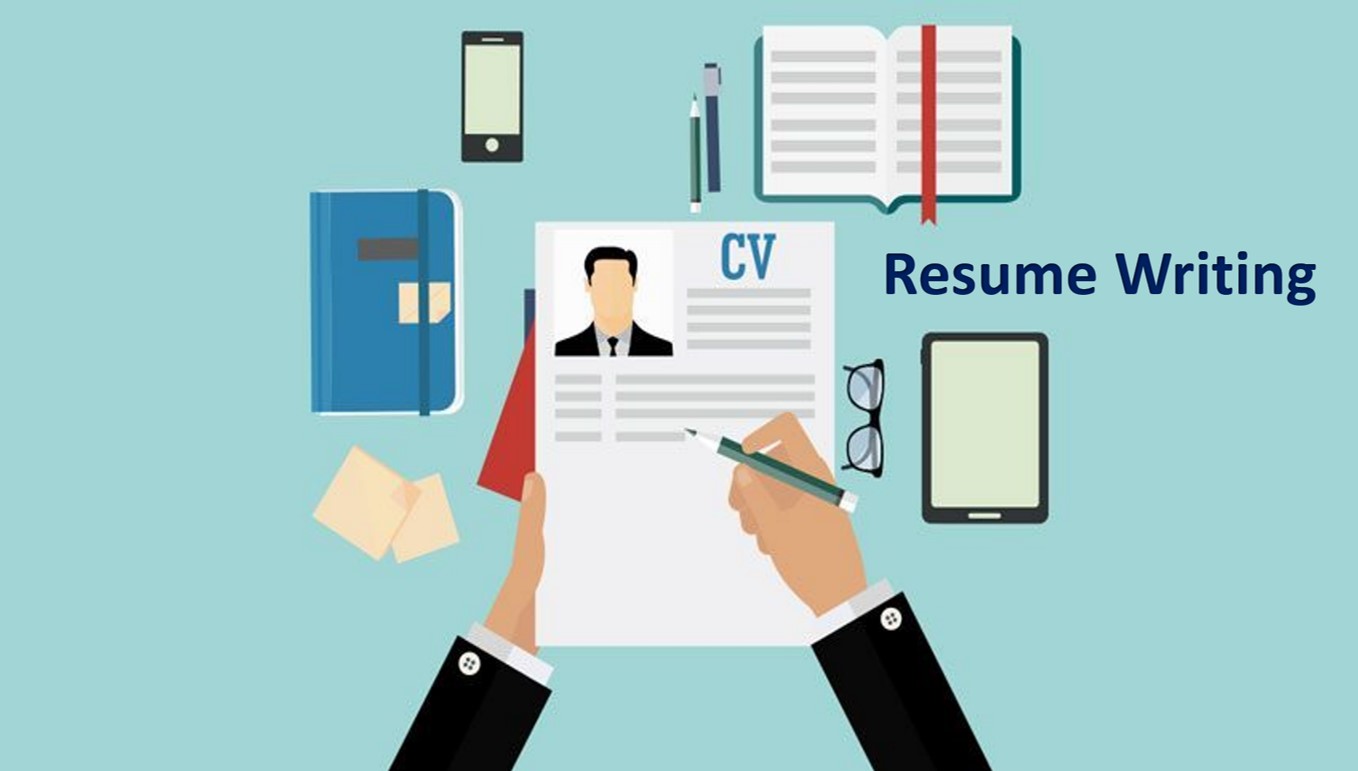Resume Writing: How to Stand Out from the Crowd
In the competitive market nowadays, 40% of employment directors devote less than a minute revising a resume, consequently having a robust and striking resume that flawlessly seizes the pertinent abilities and work experience makes the modification among getting called for a meeting or not.

How to Make a Resume
Certain phases must be followed while writing the correct resume. These are:
- Selecting the Correct Resume Presentation and Layout
- Remarking the Personal Specifics and Contact Evidence
- Using a Resume Summary or aim
- Listing the Work Experience and Accomplishments
- Discussing the Top Soft and Hard Abilities
- (Optional) Comprising Extra Resume Segments - Languages, Hobbies, and so on.
- Modifying the data For the Job Advertisement
- Crafting a Conclusive Cover Letter
- Checking the Resume and Cover Letter
Types of resume formats
There are three kinds of resume layouts: reverse chronological, functional or skills-based, as well as a blend of the two. The three resume layouts are:
- Reverse chronological resume layout - This is the most general resume setup and is perfect for individuals with sufficient work involvement that is pertinent to the spot they are concerned about.
- Functional/skills-based resume layout – If you lack appropriate work skills since you are an apprentice/new graduate, or you are wanting to make a career alteration, the skills-based arrangement is a superior choice.
- Combination resume layout – The combination resume is a prodigious choice for job-hunters with an extremely varied skill-set. It is valuable if you are relating to a part that needs knowledge in more than three dissimilar arenas, and you desire to display all that in the resume.
The Best Resume Layout
Some must-haves are:
- One page in size
- Perfect section captions
- Plenty white-space
- Easy-to-read lettering
- Picking the correct font size
Resume Content
The most prevalent segments for a resume are:
- Contact Information - this section must include:
- First Name / Last Name.
- Phone Number.
- Email Address.
- Location
- Professional Resume Summary or aim- this section can include:
- The job and years of knowledge
- one or two best accomplishments
- Anticipated objective
- Work Knowledge (and Attainments)- The typical layout for the work experience is:
- Job Title/Place
- Business Name / Location / Account
- Attainments and Accountabilities
- Dates Engaged
- Education- tips and tricks to list education section are:
- Program Name
- University Name
- Years Attended
- (Optional) GPA
- (Optional) Honours
- (Optional) Academic accomplishments
- (Optional) Minor
- Skills- When stating talents in the resume, there are three vital stages to follow:
- Step #1 - Listing Hard Talents with Experience Stages.
- Step #2 - Modifying the Talents to the Work
- Step #3 - Containing a few Common Abilities
- Non-compulsory Segments - Languages, Publications, Hobbies, and so on.
Proofreading the resume
Misprints and grammatical mistakes are the most common faults in resumes — plus a deal-breaker for approximately seventy per cent of hiring executives. Revisiting the resume methodically must be completed to validate that the whole thing is written properly.
Conclusion
Before modernising the resume, validate you are placing yourself appropriately for the job you are aiming for. Your knowledge, accomplishments, and experiences are all a portion of your resume however likewise significant are what information you contain, how, where, plus why—all of which are rooted in the objectives for your subsequent job move. A resume is not a historic vocation account. It is an advertising tool. The content on the resume requires you to indicate where you desire to be, not just where you are at present.



